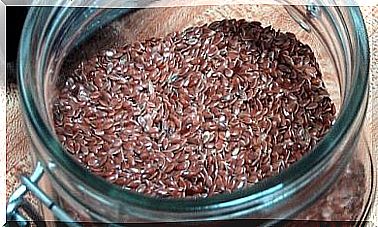Currently Available Chemotherapy Agents

Chemotherapy, as you already know, is one of the most often used therapies in the treatment of cancer. It includes a wide variety of drugs, so there are many chemotherapy agents available.
The aim of these treatments is to destroy cancer cells in order to reduce the severity of the disease. Yet, there is still no type of chemotherapy that only attacks cancer cells, so many healthy structures are also damaged, causing heavy unwanted effects.
Let’s see in this article the different chemotherapy agents available and their main characteristics.
Chemotherapeutic agents
Alkylating agents
Alkylating agents reach the peak of their activity during the cellular resting phase and are not specific to a particular cell type. Moreover, in chemotherapy treatments of different nature are used:
- Derivatives of mustard gas: cyclophosphamide, for example.
- Ethyleneimines : Hexamethylmelamine is among them.
- Hydrazines and triazines: altretamine and procarbazine, for example.
- Nitrosoureas: they are unique because, unlike most chemotherapy treatments, they are able to cross the blood brain barrier, the membrane that protects the brain. As a result, they can be useful in the treatment of brain tumors.
- Saline compounds.
Vegetable alkaloids
These are chemotherapy drugs that derive from different plants. For example, Vinca alkaloids are derived from vinca rosea or Catharanthus rosea . This group includes taxanes, which are obtained from the Pacific yew tree.
Unlike the previous group, all plant alkaloid chemotherapy drugs are specific to a cell cycle. This means that they attack cells based on the stage of division they are in. In addition to the Vinca alkaloids and taxanes, podophyllotoxins and camptothecin analogs also belong to this group.

Anti-cancer antibiotics
These chemotherapeutics derive from natural substances. In this case they are not of vegetable origin, but are synthesized by the Stretomyces mushroom .
Anti-cancer antibiotics exert their effects on cancer cells at different stages of the cell cycle, not at a specific time, as is the case with the previous group. Let’s see some of the more common presentations.
- Anthracyclines: such as doxorucbin or epirucibin. These drugs exhibit long-term cardiotoxic effects.
- Cromomycins: dactinomycin, for example.
- Mitomycin.
- Bleomycin.
Antimetabolites among various chemotherapeutic agents
Antimetabolites are very similar to the natural molecules found in the body’s cells. By integrating with cellular metabolism, they go unnoticed and are able to block cell division. Antimetabolites are classified according to the substances they interfere with:
- Folic acid antagonists : methotrexate.
- Pyrimidine antagonists: 5-fluorouracil or capecitabine.
- Purine antagonists : 6-mercaptopurine.
- Inhibitors of adenosine deaminasa: cladribine, fludarabine, nelarabine and pentostatin.
Topoisomerase inhibitors
They are drugs that owe their effect to their ability to interfere in the action of topoisomerases (type I and II). These enzymes have the task of modifying the structure of DNA, which is necessary for replication. Some of these drugs are irinotecan and etoposide.
Miscellaneous antineoplastics
As the name indicates, these are chemotherapy agents that do not belong to any other group, as they are unique. Among them we can mention:
- Mitotano.
- Asparaginase and pegaspargase.
- Estramustine.
- Retinoids.
Conclusions on existing chemotherapeutic agents
In addition to chemotherapy, there are many other chemical cancer therapies, such as directive therapies, immunotherapy or hormone therapy. Thanks to all these therapeutic agents, it has been possible to make great progress in cancer treatment.
Yet, the challenge we have before us is still difficult and we need to continue research in this therapeutic area. The ultimate goal is to obtain highly specific chemotherapeutic agents, which attack healthy cells as little as possible and which directly affect cancer cells.









